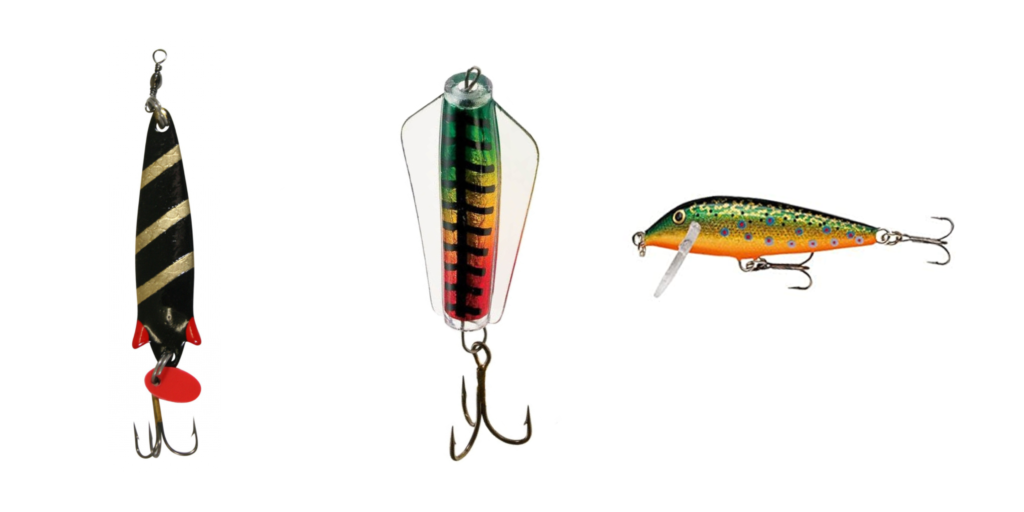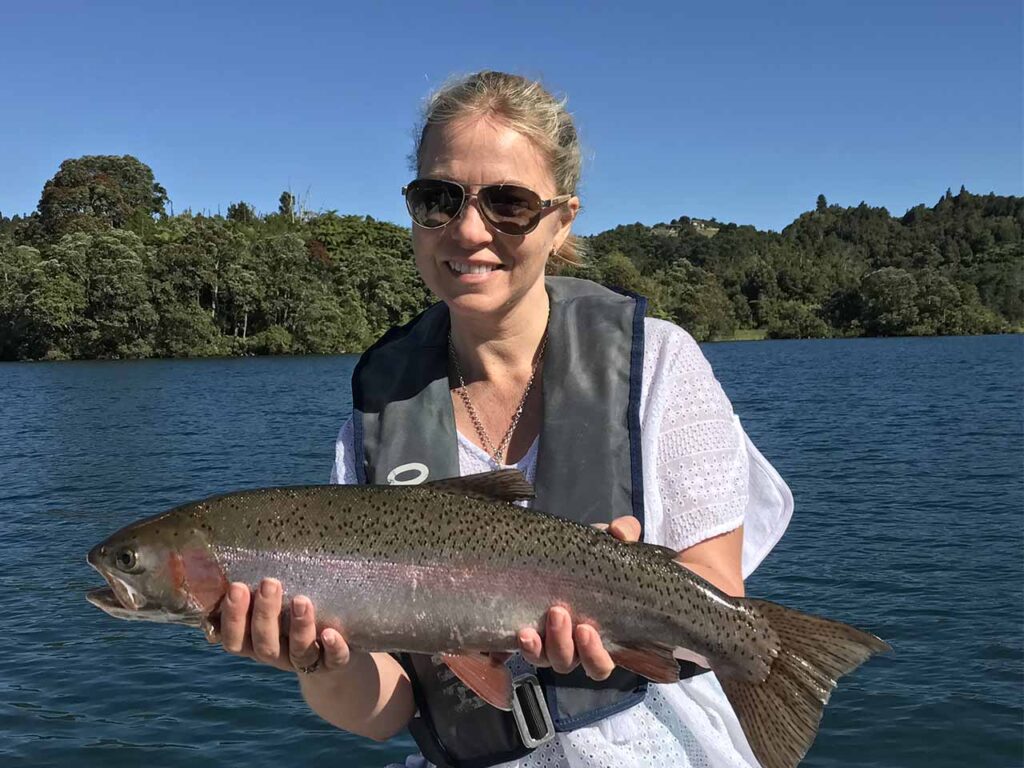Lake trolling is a popular and effective method for catching trout in New Zealand’s beautiful lakes. Whether you’re a seasoned angler or just getting started, understanding the right gear, techniques, and timing can significantly improve your chances of success. Drawing from expert advice, here’s a comprehensive guide to lake trolling, including tips from Bill Javy of Fish & Game.
Essential Gear for Lake Trolling
1. Trolling Rod
A good trolling rod is crucial for successful lake trolling. A standard 6ft soft tip trolling rod is a solid choice. The soft tip enhances sensitivity, allowing you to detect bites more effectively compared to older, less responsive rods. You can find these rods at most sports or fishing stores.
2. Reels
Investing in a quality reel can make a significant difference. A level wind reel with a reliable drag system is ideal. The drag controls how much resistance is applied before the reel releases the line, which is essential for managing the fight with a fish. Keep the drag reasonably tight while trolling to prevent the line from dragging out constantly.
3. Line
For lake trolling, use a combination of backing and lead core line. The lead core line, with its high density, helps your lure reach the desired depth. For every 10 meters of lead core line, your lure will drop approximately 2 meters. Each color section of the line represents 10 meters, so adding more colors will help you achieve deeper depths. In shallower waters, monofilament line is a good option.
Choosing the Right Lures
New Zealand anglers use a variety of trolling lures. Here are three popular choices:
- Realistic Imitations: Lures that mimic small fish, resembling young trout, can attract trout looking for natural prey.
- Erratic Action Lures: These lures create a wounded fish action, enticing trout with their erratic movements.
- Black and Gold Toby: Known as the workhorse of New Zealand fishing, this classic lure is a reliable choice for trolling.

Timing and Location
Best Times to Troll
- Early Morning and Late Afternoon: Trout are most active during the first and last light of the day. This is when forage fish like bullies are active, making it an ideal time for trolling.
Optimal Locations
- Shallow Littoral Zone: Focus on the area from the beach to the deeper drop-off. This zone is rich with forage fish, so trolling lures in this area can yield better results. Position your lure either in the deeper littoral or right on the drop-off for maximum effectiveness.
Trolling Speed and Technique
- Speed: Start with a slow trolling speed. Observe your lure’s action from the edge of the boat. If the action appears too erratic, adjust your speed. The goal is to maintain a natural and appealing action for the trout.
- Handling Fish: When you hook a fish, particularly a large one, bring it in carefully. Use a net to support the fish and handle it gently. Quickly stunning and dispatching the fish will ensure its well-being and quality.
Conclusion
Lake trolling is an excellent way to experience the thrill of fishing in New Zealand’s lakes. By using the right gear, choosing effective lures, and understanding the best times and locations for trolling, you can enhance your fishing success. Follow these tips and techniques, and you’ll be well on your way to a rewarding fishing experience.
For more information on fishing regulations and local conditions, visit the Fish & Game New Zealand website.
